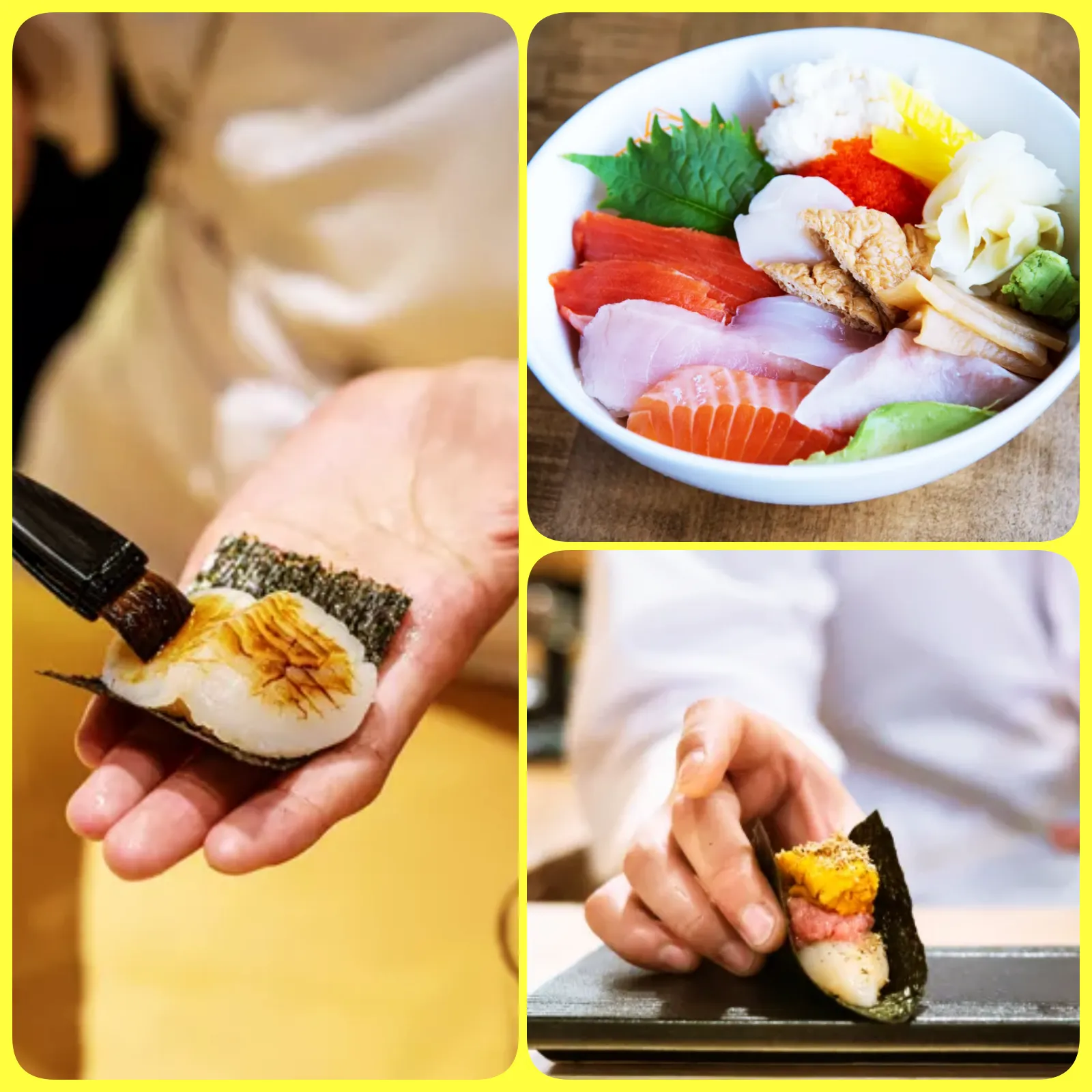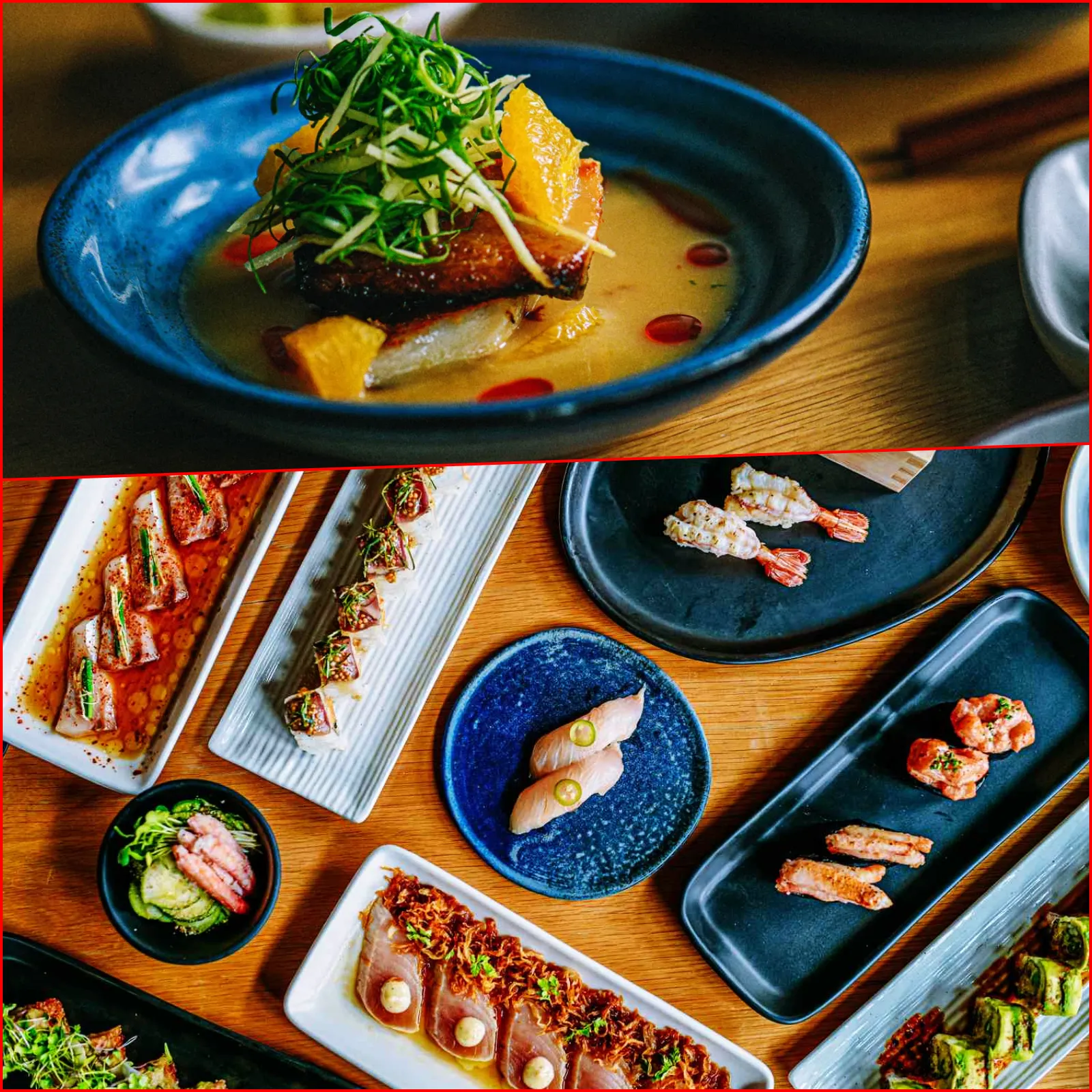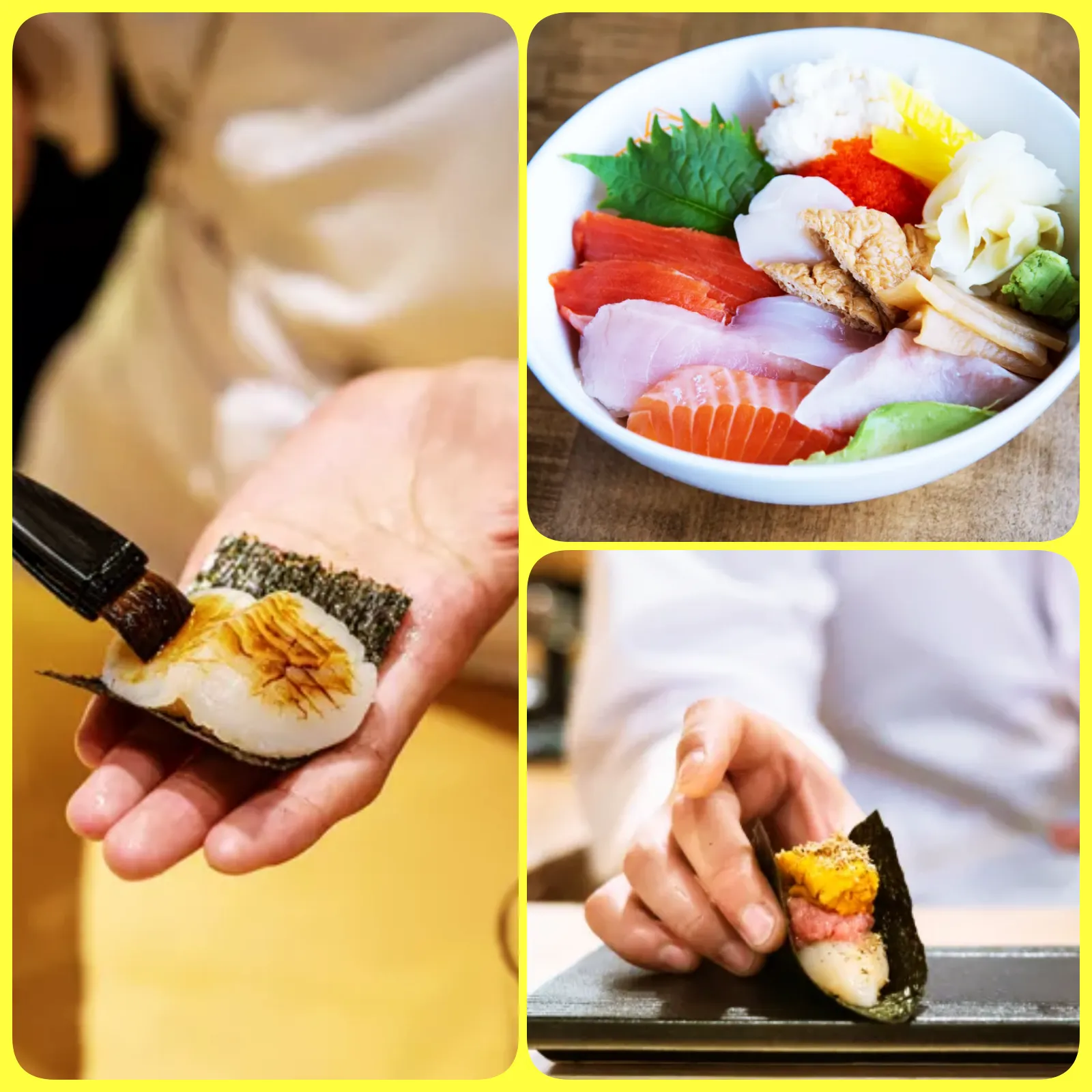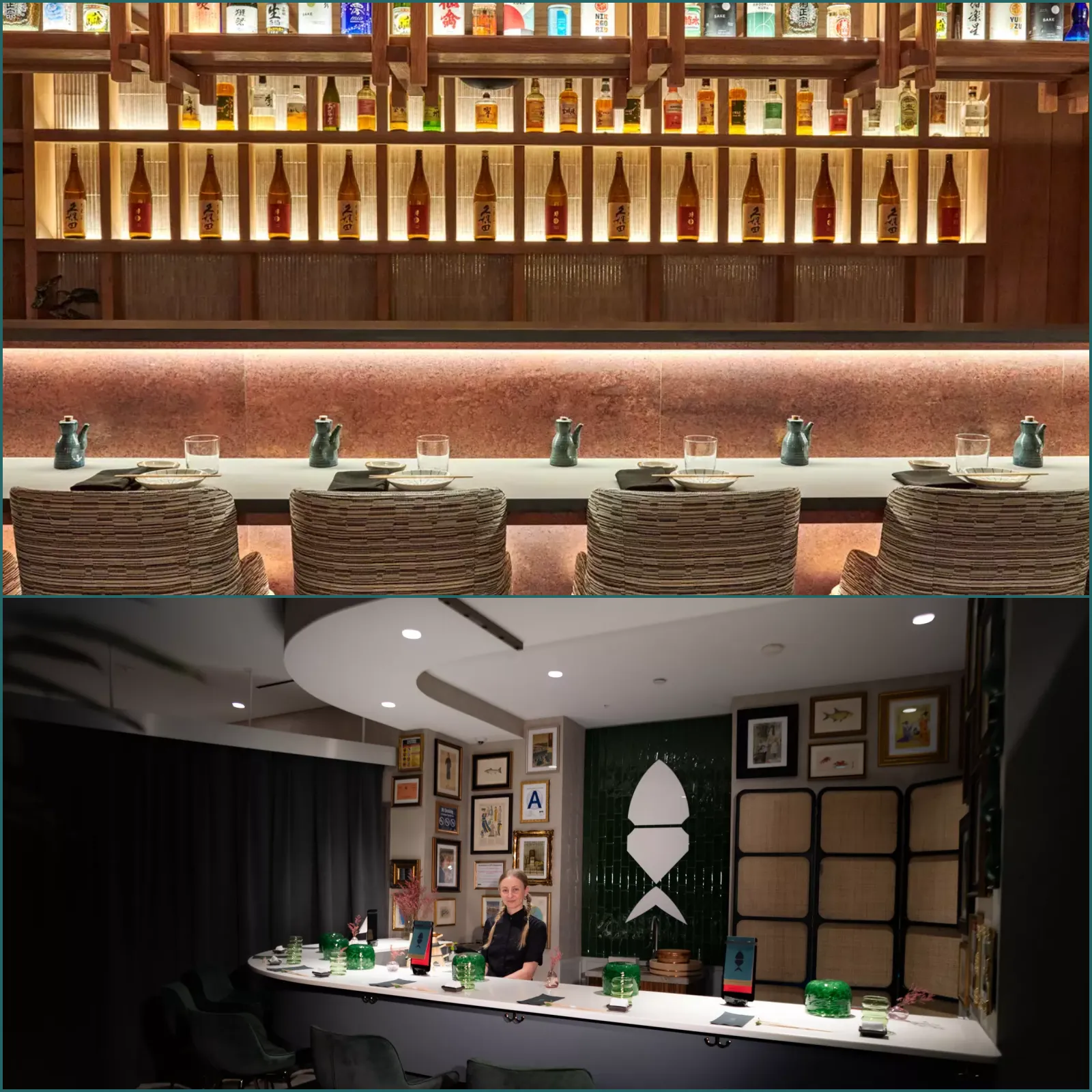
“Discover how sushi chefs across the U.S. are transforming the industry with sustainable practices, creating not just a trend, but a new standard for dining”
Sushi restaurants across America are embracing a transformative shift towards sustainability, led by innovative chefs committed to preserving the oceans while serving top-tier cuisine. From New York’s upscale dining scene to the laid-back West Coast, a growing number of sushi establishments are making sustainability a cornerstone of their culinary philosophy.

A Small Counter with a Big Impact
Morgan Adamson, the chef behind the six-seat sushi counter at Hosēki, never set out with sustainability in mind. Yet, nestled in the basement of Saks Fifth Avenue, she has found herself at the forefront of a movement that’s reshaping how sushi is sourced and served. Adamson’s menu features local, sustainable seafood like Montauk red shrimp and Long Island oysters, which have become favorites among New York’s discerning diners.
Adamson’s commitment to sustainability wasn’t just about being eco-friendly—it was about ensuring quality and honoring local resources. “New Yorkers are proud of what’s here, and we should honor the fish from these waters,” Adamson says. This approach not only satisfies diners but also supports the local community and environment. The intimate setting at Hosēki allows Adamson to share the stories behind each ingredient, enhancing the dining experience with a narrative that resonates with today’s ethically-minded consumers.

West Coast Pioneers: Bambo Sushi and Mashiko
On the West Coast, Bambo Sushi, the nation’s first fully sustainable sushi restaurant, has been leading the charge since 2009. With locations in states like Oregon and California, Bambo Sushi donates a portion of its sales to environmental nonprofits, ensuring that its commitment to sustainability extends beyond the kitchen.
Seattle’s Mashiko, co-owned by Allison Hill, takes sustainability a step further with meticulous sourcing practices. Every seafood option is traceable, reflecting a deep respect for the ocean’s bounty. Mashiko’s menu features innovative dishes like vegan maki and house-made tofu curry, all while maintaining a commitment to local sourcing. Hill believes that expanding our seafood palate could benefit both consumers and the environment, saying, “If more people ate a variety of sea creatures, it would be better for us all, including the oceans.”

Beyond the Coasts: Sustainable Sushi in the Midwest
Sustainability in sushi isn’t confined to the coasts. In the Midwest, James Beard-nominated chef Hajime Sato’s Sozai in Clawson, Michigan, exemplifies how sustainability can thrive anywhere. Sato’s menu showcases seasonal, low-impact ingredients like East Coast tsubugai and Alaskan scallops, demonstrating that sustainable sushi is achievable even far from the ocean.
Minneapolis’ Kyatchi, another leader in the movement, only serves fish deemed “green” by the Monterey Bay Aquarium Seafood Watch. Despite the higher costs associated with sustainable sourcing, Kyatchi remains committed to its principles, even if it means passing on some of those costs to diners. “Sushi is something people splurge on to feel a little luxurious,” says Kyatchi’s Sam Peterson. “But if we don’t make our sushi habits sustainable, future generations might never know the joys of sushi.”

A New Standard for Sushi
While traditional sushi ingredients like fatty tuna are still popular, sustainability offers a new, exciting avenue for innovation in the kitchen. Chefs like Jeff Miller of Manhattan’s Bar Miller are proving that creative, sustainable dishes can stand out just as much as, if not more than, their traditional counterparts. Miller’s approach to full-utilization cooking has led to some of the most celebrated dishes at Bar Miller, where even the trimmings are transformed into delectable offerings.
As more sushi restaurants embrace sustainability, this conscientious shift is not just a trend but a new standard. With every innovative dish, these chefs are proving that sustainable sushi isn’t just better for the environment—it’s better for the palate, too. The future of sushi is being crafted with care, one sustainable bite at a time.






